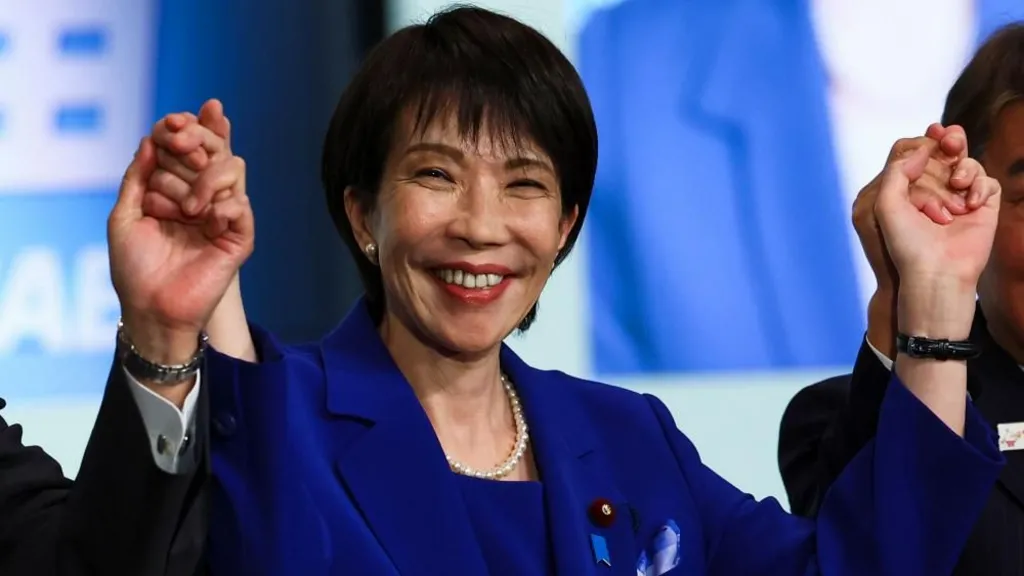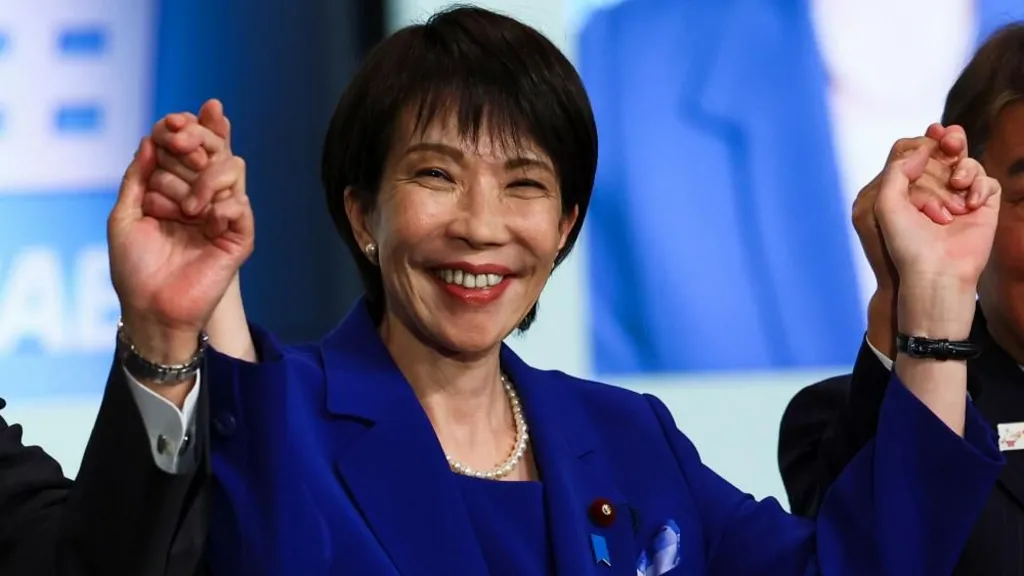Nationalist Politician Sanae Takaichi Set to Become Japan’s First Female Prime Minister After Winning Ruling Party Leadership
In a political moment that could reshape Japan’s history, Sanae Takaichi is set to become the country’s first female prime minister after being elected leader of the ruling Liberal Democratic Party. The announcement marks a groundbreaking shift in a nation that has never seen a woman hold its highest political office, signaling both a historic first and a new phase of Japan’s often traditional politics.
Takaichi, 63, is known as one of Japan’s most conservative and nationalist politicians, with a reputation for discipline, loyalty, and strong convictions. Her victory in the LDP leadership race ensures that she will take over from current Prime Minister Fumio Kishida, who announced earlier this year that he would not seek re-election. As head of Japan’s long-dominant party, her leadership automatically makes her the next prime minister — a role that carries global weight as Japan continues to balance economic recovery, national security, and its role in Asia’s shifting geopolitical landscape.
The news of her win quickly spread across Japan and around the world, sparking both celebration and curiosity. For many Japanese citizens, the idea of a woman leading the government feels revolutionary in a society where gender equality remains a challenge. Women make up less than 10 percent of Japan’s parliament, and only a handful have held senior cabinet positions. Takaichi’s rise breaks through a symbolic barrier that generations of female politicians before her had struggled to shatter.

“I want to show that a woman can lead this country with strength and compassion,” Takaichi said during her victory speech in Tokyo. “I am determined to protect Japan’s future and restore the confidence of our people.”
Her words resonated deeply, though her policies are expected to continue Japan’s conservative trajectory. Takaichi has long been known for her hawkish stance on defense, her support for revising Japan’s pacifist constitution, and her close ties to former Prime Minister Shinzo Abe, whose legacy of economic reform and assertive diplomacy continues to shape Japan’s political identity.
Her critics describe her as a nationalist with rigid views on social issues, particularly her emphasis on traditional family values and her reluctance to expand immigration. Supporters, however, see her as a decisive leader — one who blends patriotism with a pragmatic understanding of Japan’s economic and security challenges.
Economically, Takaichi inherits a nation facing stagnant growth, an aging population, and a mounting national debt. She has pledged to invest in domestic industries, strengthen Japan’s semiconductor sector, and ensure the country’s energy independence amid global instability. On foreign policy, she’s expected to maintain Japan’s close alliance with the United States while taking a firmer stance against regional threats from China and North Korea.
Her leadership style is said to be no-nonsense and detail-oriented, traits that have earned her both admiration and caution within her party. “She’s tough, focused, and doesn’t back down,” one LDP lawmaker said after her win. “That’s exactly what Japan needs right now.”
For the international community, Takaichi’s rise also reflects Japan’s changing political mood — a blend of continuity and quiet reform. As global powers recalibrate their strategies in Asia, Japan’s new prime minister will face the delicate task of asserting leadership without disrupting stability. Her first major test will be building unity within the LDP, where internal factions remain divided after years of leadership transitions.
The historic nature of her appointment has not gone unnoticed. Social media across Japan was flooded with messages of pride and surprise as the news broke. Many young women called it a moment they had never thought they’d see in their lifetimes. “I feel inspired,” one college student in Tokyo wrote online. “Even if I don’t agree with her politics, I respect her for breaking through the wall that’s kept women from the top for so long.”
Takaichi’s story also reflects the slow but steady evolution of Japanese politics, where tradition often meets transformation at cautious speed. As she prepares to take office, her challenge will be not only to govern but to redefine what leadership looks like in a nation that has long resisted change.
Whether one views her as a hardliner or a trailblazer, there’s no denying the magnitude of the moment. Sanae Takaichi’s ascent is more than a political milestone — it’s a symbol of progress for a country still grappling with its place in a modern world.
As she steps onto the global stage as Japan’s first female prime minister, the world will be watching — not just to see how she leads, but to see how far Japan itself has come.



